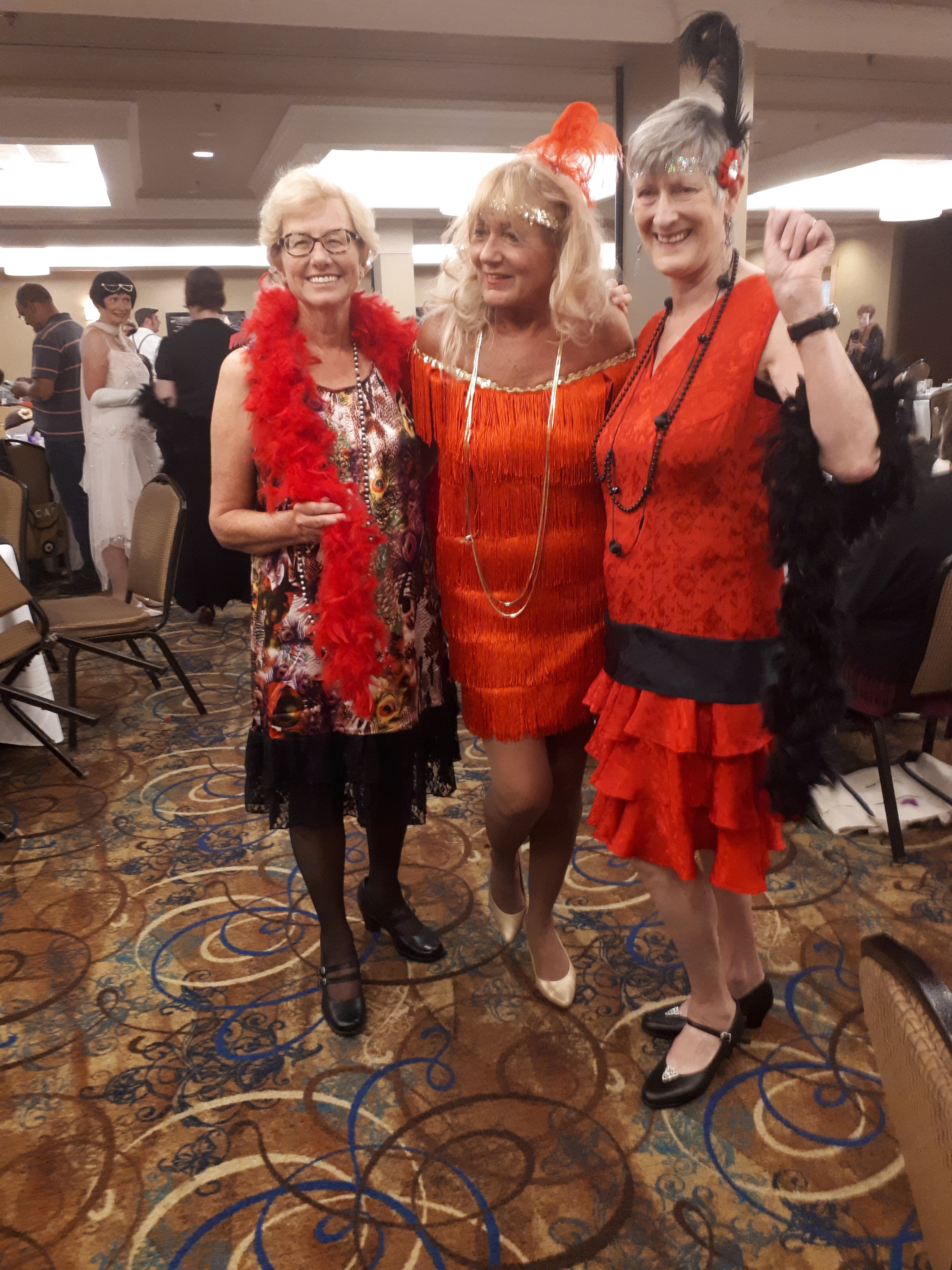One thing I like about writing short stories is the chance to explore genres and characters different from those of my novels. Last fall I completed my first work of historical fiction, a 4,500-word story set during the 1918 influenza pandemic. A Deadly Flu is also my first short whodunit and my first police procedural. I’ve featured detectives in secondary roles before, but not as story protagonists.
My idea for A Deadly Flu took root almost two years ago, when the COVID-19 pandemic revived my interest in that earlier virus, which was formerly and inaccurately called the Spanish flu. I first heard about the 1918 pandemic on an episode of the 1970s television show, Upstairs Downstairs, when the young wife of the wealthy Bellamy family’s son developed a fever and died the same day.

During the summer of 2020, I read books and articles about the 1918 pandemic and was struck by its relevance a hundred years later. The prime advice in both pandemics was the same: wash your hands, social distance and avoid crowds. The 1918 Pandemic’s second and mostly deadly wave struck my home city of Calgary from October to December 1918. Business, churches and bars closed. People wore masks and lived in fear.

Around this time, I was mulling ideas for my fourth mystery novel, to be set during our current pandemic, and wondered if the 1918 flu might provide a parallel backstory. I developed the idea of a pharmacist who murders her lover by pouring a medicine that mimicked the 1918 flu’s symptoms into his whisky. When he died, the medical profession’s tunnel vision assumed this was another influenza death.
I began writing the backstory as a suspense from the killer’s viewpoint and enjoyed researching Calgary neighbourhoods of the time, along with its streetcar system, fashion, and particulars of the city-wide lockdown. But by the end of the draft, I realized the events that happened over a hundred years ago wouldn’t add enough interest to the contemporary mystery I had in mind. I set the backstory aside and plunged into the current novel.

Nov 11, 1918 – Calgary WWI Victory parade
Then the Crime Writers of Canada put out a call for submissions for its 40th anniversary anthology. Stories had to be set in Canada, feature cold in some way, and be under 5,000 words. I hauled out the backstory and set it during a Calgary cold wave in December 1918, with a detective, rather than a villain, protagonist. A benefit of writing a detective from the early twentieth century is that I didn’t have to know about DNA, data bases, and other modern police gadgetry. Since I only had a short space to establish reader connection with him, I gave him a wound–his wife had died a year earlier in childbirth–and developed a romantic subplot.

I wrote the story, sent it off, and was thrilled last month to learn A Deadly Flu will be included in the Cold Canadian Crime Anthology, to be released this May. Meanwhile I’ve been working on my novel-in-progress. Inspired by my historical detective, for the first time I’m including the viewpoints of two detectives in addition to my insurance adjuster sleuth. I foresee much research into modern police work. One day soon, I’d like to write a historical novel and, perhaps, develop A Deadly Flu into a novella, a genre I haven’t tried. That’s another thing I like about writing short stories—they can be stepping stones to future books.
